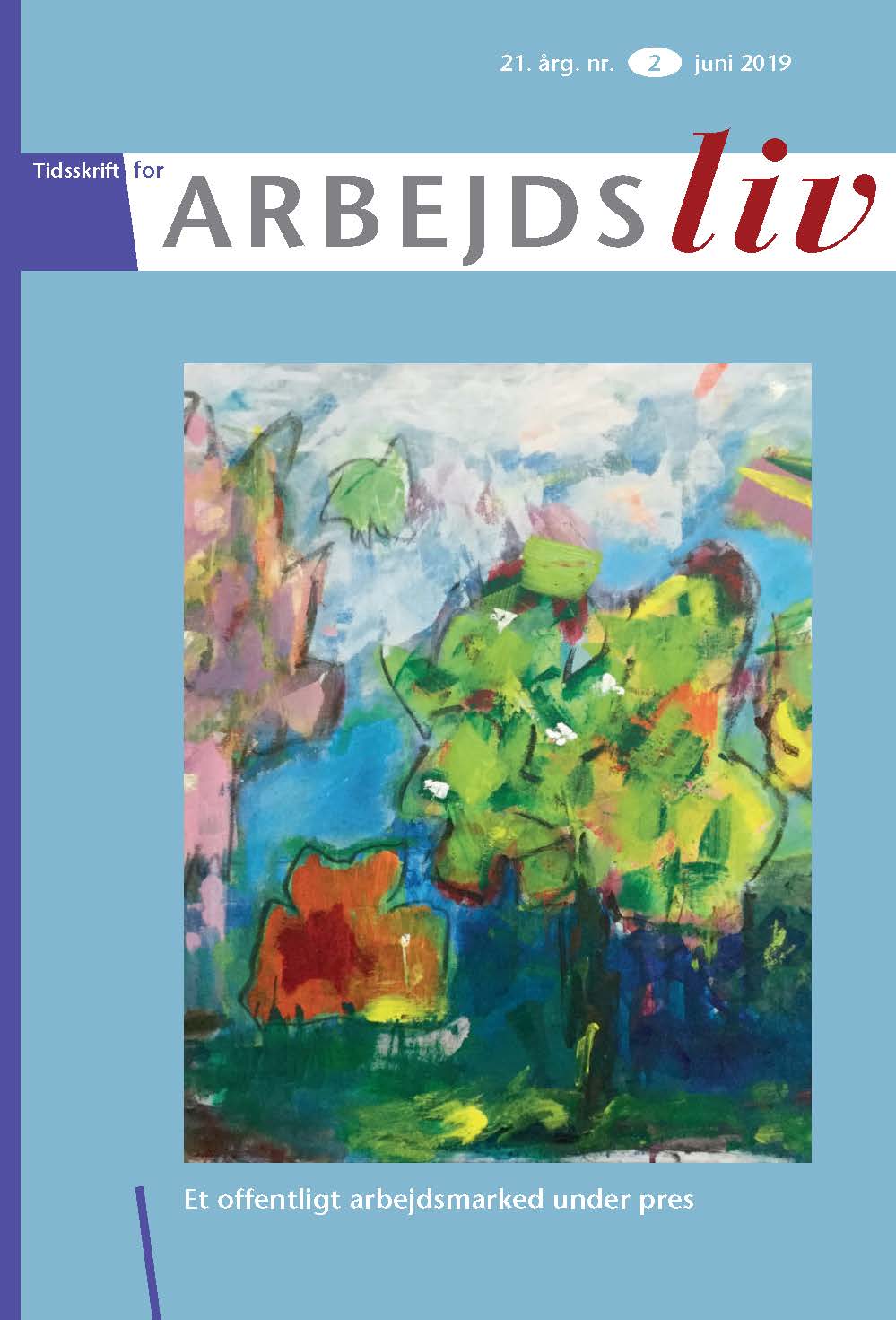Læringsmiljø mellem fælleshed og fællesgørelse – en analyse af den nye policy-term læringsmiljø
DOI:
https://doi.org/10.7146/tfa.v21i2.114732Nøgleord:
Dagtilbudslov, Læringsmiljø, Metodologi, Kritisk mistænksomhed, Børneperspektiv, Fælleshed og fællesgørelse, SamskabelseResumé
Med den reviderede dagtilbudslov fra sommeren 2018 er læringsmiljø blevet et nyt og dominerende begreb, som det pædagogiske personale i alle typer af dagtilbud skal forholde sig til. I denne artikel undersøger vi, hvordan policy-begrebet læringsmiljø kan begribes ved at betragte det via to teoretiske perspektiver, som de er formuleret af Bronwyn Davies og Iram Khawaja. De teoretiske perspektiver er udvalgt på baggrund af et Foucault-inspireret metateoretisk blik og ’en kritisk mistænksom og kritisk håbefuld’-position. Med dette blik kan vi anskue læringsmiljø som udspændt mellem daginstitutionstraditionelle børne- og legeforståelser på den ene side, og målstyrede læringsforståelser på den anden side. Konsekvensen af det kritisk mistænksomme og kritisk håbefulde blik er, at vi ikke stiller os uden for den politiske læringsdagsorden og kritiserer. Tværtimod stiller vi os ind midt i læringsdagsordens udspændthed, og i solidaritet med det pædagogiske personale, der skal tilrettelægge pædagogiske læringsmiljøer, tilbyder spørgsmål, der kan bidrage til at gøre dem bedre i stand til at forholde sig kritisk til og handle i henhold til den nye praksis- og professionsdefi nerende term læringsmiljø. Til sidst i artiklen præsenterer vi et bud på en ’spørgende metodologi’, der kan fungere som stedfortrædende forsker, når det pædagogiske personale sammen med børnene skal skabe pædagogiske læringsmiljøer.
Downloads
Publiceret
Citation/Eksport
Nummer
Sektion
Licens
Forfattere, der publicerer deres værker via dette tidsskrift, accepterer følgende vilkår:
- Forfattere bevarer deres ophavsret og giver tidsskriftet ret til første publicering, samtidigt med at værket ét år efter publiceringen er omfattet af en Creative Commons Attribution-licens, der giver andre ret til at dele værket med en anerkendelse af værkets forfatter og første publicering i nærværende tidsskrift.
- Forfattere kan indgå flere separate kontraktlige aftaler om ikke-eksklusiv distribution af tidsskriftets publicerede version af værket (f.eks. sende det til et institutionslager eller udgive det i en bog), med en anerkendelse af værkets første publicering i nærværende tidsskrift.
- Forfattere har ret til og opfordres til at publicere deres værker online (f.eks. i institutionslagre eller på deres websted) forud for og under manuskriptprocessen, da dette kan føre til produktive udvekslinger, samt tidligere og større citater fra publicerede værker (se The Effect of Open Access).





